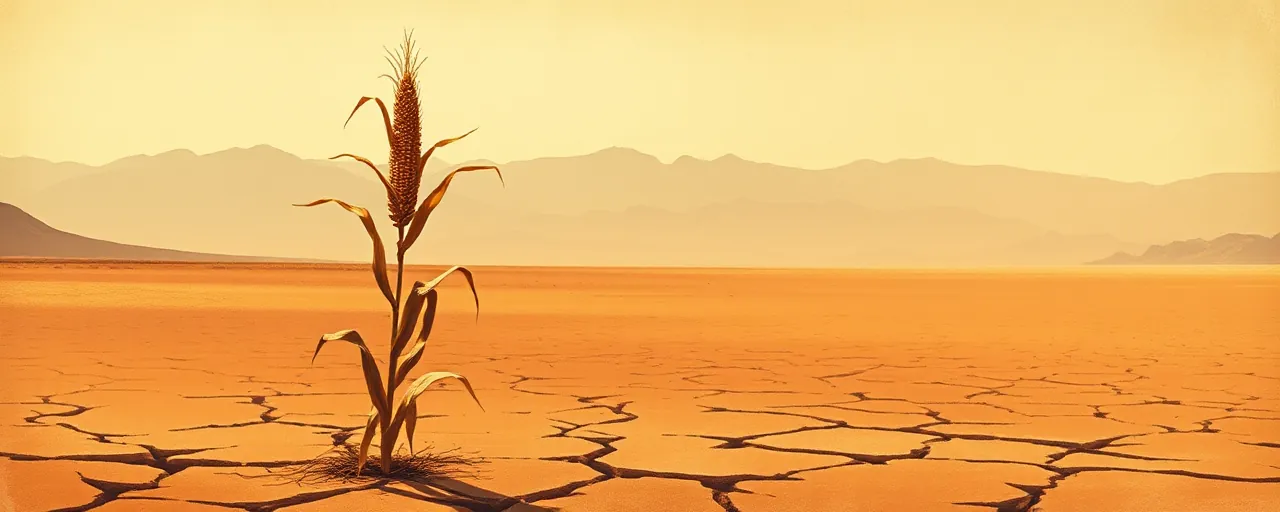A Season That Caught Everyone Off Guard
Winter 2024 came out of nowhere with unexpected warmth across the United States. The National Oceanic and Atmospheric Administration (NOAA) reported an average temperature of 34.1°F from December to February, nearly 2°F above the long-term norm. That shift placed this past winter among the warmest third in over a century of records. From the Southwest to the Midwest, thermometers rarely dipped as low as people expected, leaving farmers, skiers, and city planners scratching their heads.
Yet, it wasn’t just the heat that stood out. Precipitation took a nosedive, averaging 5.87 inches nationwide, almost an inch below what’s typical. That shortfall landed winter 2024 in the driest third of historical rankings. While parts of the Northwest and Mid-Atlantic saw decent rainfall, states like Arizona and New Mexico faced their second-driest winter ever. The stage was set for a spring that could either ease these strains or pile on new ones.
Spring Forecast: Hotter Days, Patchy Rain
Looking ahead, NOAA’s outlook for April through June 2025 paints a picture of continued warmth. The southern half of the country, along with the eastern third, faces higher odds of above-normal temperatures. The Southwest and southern Plains stand out with the strongest likelihood of heat, echoing trends tied to climate change. In contrast, a pocket of west-central Alaska might catch a break with cooler-than-usual conditions, though most of the state’s southern reaches lean toward warmth too.
Rainfall predictions tell a different story. Much of the western U.S. and the central Great Plains could see below-normal precipitation, with the Four Corners region bracing for the driest odds. Meanwhile, the southern Great Lakes and Ohio Valley hold better chances for wetter conditions. These forecasts aren’t set in stone, NOAA cautions; they’re probabilities based on historical data, ocean patterns like El Niño, and long-term warming trends. Past outlooks have nailed temperature calls more often than rain, but sudden shifts, like polar vortex disruptions, can still throw a wrench into the works.
Fields and Faucets Feel the Pinch
These weather patterns hit hardest where dirt meets daily life. In the Southwest, last winter’s warmth and scant rain have already strained agriculture. Evaporation rates climbed, snowpack dwindled, and crops like corn and soybeans took a beating. Ranchers shelled out more for feed as rangelands dried up, while Indigenous communities saw traditional plants struggle. With spring potentially bringing more heat and less water, irrigation systems and heat-tolerant seeds are becoming lifelines, though not every farmer can afford the switch.
Water managers across the West face a grim reality too. Reservoirs in central Texas hover below half capacity after years of drought, and rapid snowmelt from an early spring heatwave could shrink streamflows into summer. The Great Plains, a breadbasket for livestock and grains, might see spotty relief with uneven rainfall. Back in 2011, Texas lost billions to drought; four years later, floods wrecked infrastructure. Advocates for sustainable farming argue for better monitoring tools, but transboundary water disputes add layers of complexity to any fix.
Lessons From the Past, Eyes on the Future
History offers a lens on what’s unfolding. Spring temperatures have crept up about 2°F nationwide since the late 19th century, driven by carbon emissions trapping heat. The Southwest has warmed even faster, shrinking snowpacks that once banked water for summer. Medieval droughts centuries ago hint at how bad dry spells can get when heat joins the mix. Today’s patterns blend natural cycles with human influence, making each season a roll of the dice with higher stakes.
What’s next hinges on more than forecasts. NOAA’s outlooks guide planning, from planting schedules to reservoir levels, but they’re not foolproof. Temperature predictions often land closer to reality than precipitation guesses, especially in winter. Still, voices from science to policy push for adaptation over guesswork. Whether it’s diversifying crops or rethinking water use, the choices made now will ripple through fields, rivers, and towns as spring 2025 unfolds.
